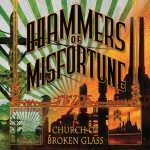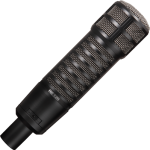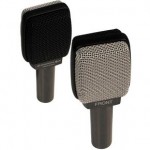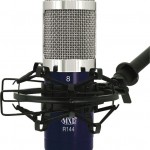We took a lot of boots out of her apartment this week. She liked boots.
I don’t remember if I cast her as Mae in …Boots (the album) before or after her diagnosis. It was around that time, either way. In the story Mae has died, offscreen, before the story really starts. So it was a little weird to have Mary singing the part in the context of such sickening news.

But it would have been weirder to change her part just because she had cancer. It was the right part for her voice, we both knew it, and damn it we were going to make this record the way it wanted to be made.
That’s kind of how it’s been with the whole thing, near five years of watch and wait and drugs and doctors and travel and work and friends and family. The odds were always long; long enough I knew she didn’t want me to look them up, and I never did. They caught up with her last Thursday.
It would have been weirder, and worse, to change our relationship around the cancer than it was to mostly carry on. She built a life she loved and needed to continue, and I embraced my role in making that happen. We kept up the relationship we would have had without it, just keeping tabs on it occasionally.
When I hear her sing Mae as I am now I’ll think of her bravery, but without making a monument of it. She, quite consciously, did not battle cancer; to fight would have been to fall to its level. She brazenly asserted the reality of her experience – hardworking, fancy, full of friends, loving, rooted in Nebraska, transplanted and thriving in Chicago, maybe somewhat calculating or brusque to some (she had no patience for those who would waste her time),* sparkly, ethereal – over the terrible fact of some small gene gone rogue.
* As her brother, I can’t let you think she was perfect or anything,** and it’s certainly a pot / kettle / black situation
** But she was close
One of her medical staff told me that she’d had someone dear to her diagnosed with cancer, and she never saw them again, though they had lived for two more years. They became their disease. She said Bear had pulled off the reverse, in a way she’d never seen before; in her love, her friends, her work, she became more and more herself.
I’d have given her Mae on …Boots in any case. But I might have mixed her voice a little higher than I otherwise would, knowing that one day – a day I hoped was farther in the future than today, but feel lucky didn’t come a year ago, or two, or three, as it could have – I’d be listening to it as I am. With gratitude and heartbreak. Loss, and good memories.
She’d hate that I’m writing anything about this.
I hate that I know that, and I’m writing anyway. That she’s not here to not return my calls for a few weeks, while she deals with the embarrassment I’m causing. To hear Ventura and the Mars Lights LP and tell me about Sarah and Al and Ben and projects in Africa and what she’s listening to and where she’s going next. Words fail.
“Into the Fire” has come on. I’m not ready to hear it.
I will always love you, kid. -h


 I like all three of these albums. But, why? Why are these double-disc releases, when all of the music would obviously fit on one 80-minute CD?
I like all three of these albums. But, why? Why are these double-disc releases, when all of the music would obviously fit on one 80-minute CD?


